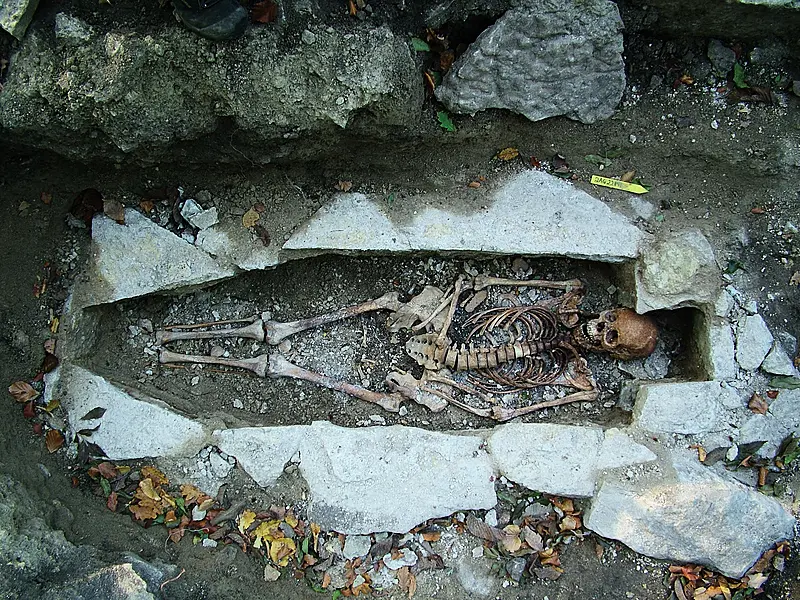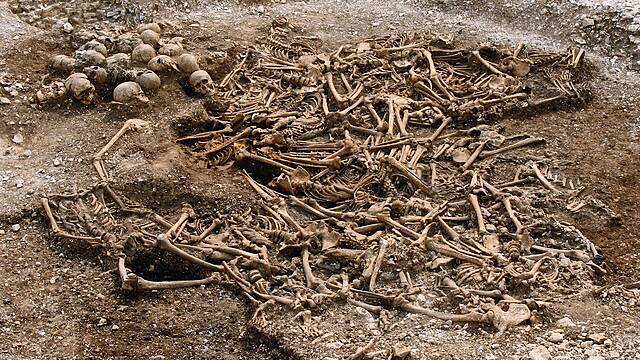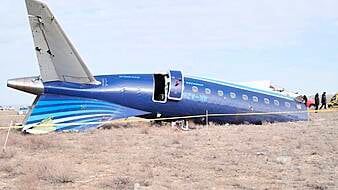Researchers say the results of a six-year project debunk the modern image of vikings as brutal predators who travelled by sea from Scandinavia to pillage and raid their way across Europe and beyond.
DNA sequencing of more than 400 viking skeletons from archaeological sites scattered across Europe and Greenland has shed new light on what we know about them.
Professor Eske Willerslev, a Fellow of St John’s College, University of Cambridge – and director of The Lundbeck Foundation GeoGenetics Centre, University of Copenhagen, led the study.
He said: “We have this image of well-connected vikings mixing with each other, trading and going on raiding parties to fight Kings across Europe because this is what we see on television and read in books – but genetically we have shown for the first time that it wasn’t that kind of world.
“This study changes the perception of who a viking actually was – no one could have predicted these significant gene flows into Scandinavia from Southern Europe and Asia happened before and during the Viking Age.”

Researchers sequenced the whole genomes of 442 mostly Viking Age men, women, children and babies from their teeth and petrous bones found in viking cemeteries.
They analysed the DNA from the remains from a boat burial in Estonia and discovered four viking brothers died the same day.
According to the research published in Nature, male skeletons from a viking burial site in Orkney, Scotland, were not actually genetically vikings despite being buried with swords and other viking memorabilia.
While there was not a word for Scandinavia during the Viking Age, the study shows that the vikings from what is now Norway travelled to Ireland, Scotland, Iceland and Greenland.
The vikings from what is now Denmark travelled to England. And vikings from what is now Sweden went to the Baltic countries on their all male raiding parties, the scientists suggest.
Professor Martin Sikora, a lead author of the paper and an Associate Professor at the Centre for GeoGenetics, University of Copenhagen, said: “We found that vikings weren’t just Scandinavians in their genetic ancestry, as we analysed genetic influences in their DNA from Southern Europe and Asia which has never been contemplated before.
“Many vikings have high levels of non-Scandinavian ancestry, both within and outside Scandinavia, which suggest ongoing gene flow across Europe.”
The research team also found that genetically Pictish people became vikings without genetically mixing with Scandinavians.
The Picts were Celtic-speaking people who lived in what is today eastern and northern Scotland during the Late British Iron Age and Early Medieval periods.
Assistant Professor Fernando Racimo, also a lead author based at the GeoGenetics Centre in the University of Copenhagen, said the dataset is important for the study of the complex traits and natural selection in the past.
He said: “This is the first time we can take a detailed look at the evolution of variants under natural selection in the last 2,000 years of European history.
“The viking genomes allow us to disentangle how selection unfolded before, during and after the viking movements across Europe, affecting genes associated with important traits like immunity, pigmentation and metabolism.
“We can also begin to infer the physical appearance of ancient vikings and compare them to Scandinavians today.”
The study also suggests that the genetic legacy of the Viking Age lives on today, with 6% of people in the UK population predicted to have viking DNA in their genes, compared to 10% in Sweden.
Prof Willerslev concluded: “The results change the perception of who a viking actually was. The history books will need to be updated.”
The word viking comes from the Scandinavian term “vikingr”, meaning pirate.
The Viking Age generally refers to the period from 800 AD, a few years after the earliest recorded raid, until the 1050s, a few years before the Norman Conquest of England in 1066.







